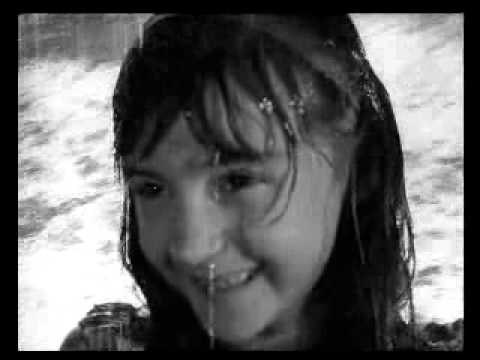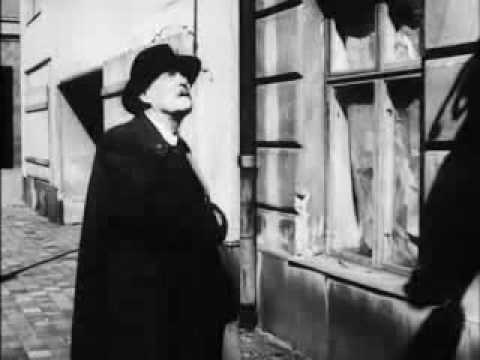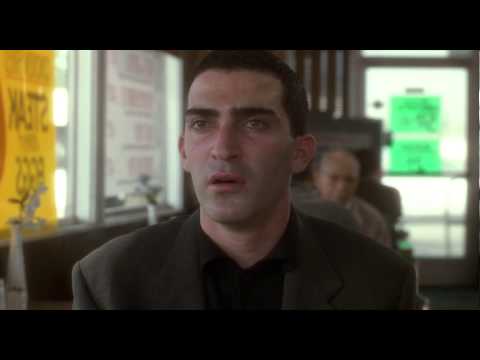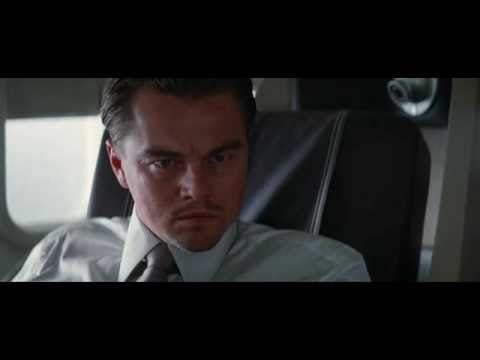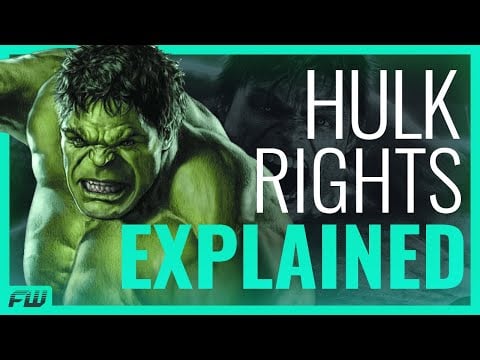Hollywood is often referred to as ‘the dream factory.’ While this moniker comes from the idea that Hollywood is the place where dreams come true, the continued prevalence of mainstream movies and TV shows using dream sequences as a storytelling tool gives it somewhat of a double meaning.
According to Leslie Halpern’s book; Dreams On Film, the earliest use of an onscreen dream sequence was in Edwin S. Porter’s silent short film; Life of an American Fireman which was shot in 1902. The first popular, mainstream movie to utilize the dream sequence was Sherlock Junior, a Buster Keaton movie from 1924.
10. The Ambiguity of Dream Sequences – The Wizard of Oz
Often, dreams are used by a filmmaker in order to create a feeling of ambiguity, blurring the lines between fantasy and reality. A major example of this is the iconic 1939 film; The Wizard of Oz.
To this very day, there is still speculation on whether Dorothy’s house was indeed swept away by that vicious tornado leading to her visiting the Land of Oz and encountering the fantastical creatures seen in that movie, or if the whole thing was taking place within her mind as she lay comatose in Kansas.
9. Using Dreams to Show the Desires of a Character – Fantasia
The following year saw the first example of an animated movie exploring the concept of dreams. The most iconic segment from 1940’s Fantasia is The Sorcerer’s Apprentice.
This segment portrays Mickey Mouse going to sleep, before having a dream in which he is a powerful sorcerer, capable of moving the stars around at will. This scene serves as a phenomenal example of a filmmaker using a dream sequence to show the deepest desires of a character.
8. Using Dream Sequences to Unveil Plot Revelations – Spellbound
In 1945, Alfred Hitchcock’s Spellbound was released. The film’s plot features a character who suffers from dissociative amnesia. Due to this, everyone in the film is unsure as to whether or not he is responsible for the murder of a man called Anthony Edwards.
It is through the analysis of a dream which we see play out on screen that his innocence is ultimately proved and the real killer is caught. Spellbound is one of the earliest examples of a filmmaker showing a character garnering a vital piece of information from a dream.
7. Using Dream Sequences As Social Commentary – 8 ½
A director who was famous for using cryptic dream sequences as metaphors to represent his own personal thoughts and opinions was Federico Fellini. Although Fellini employed oneiric frequently throughout his filmography, it is arguably most prevent in 1963’s 8½.
Also read: How Saul Goodman’s Character Arc Is the Opposite of Walter White’s
8½ is a semi-autobiographical movie, following a famous Italian filmmaker suffering from a creative drought.
We see a dream sequence play out in the film where the main character of Guido is surrounded by women, who complain and protest due to them being sent to live upstairs when they reach the age of 30. A comparison to the Hollywood mentality can be construed from this dream sequence given that women in the acting industry struggle more and more to land roles as they grow older.
6. Forcing the Audience to Analyse Dream Sequences To Uncover The True Meaning – Ivan’s Childhood
The year before 8½ was released, legendary director Andrei Tarkovsky put out his first movie; Ivan’s Childhood. Like Hitchcock’s Spellbound, Ivan’s Childhood uses dreams as a way to disclose plot revelations to both the audience and the characters in the film. Tarkovsky’s 1979 masterpiece Stalker also does this, albeit with more ambiguity.
5. Nightmares on Film – Wild Strawberries
In 1957, Ingmar Bergman’s Wild Strawberries came to cinemas and brought with it one of the first nightmare sequences seen on film. The film’s protagonist; Professor Isak Borg has a disturbing dream which we see play out onscreen.
The dream shows the elderly man lost and wandering through empty city streets, before encountering a disfigured man representative of the Grim Reaper. He then sees a funeral procession crash. When he approaches the open coffin, he is horrified to see himself lying inside before he wakes up in a panic and considers the meaning of the dream he just had.
4. Using Dream Sequences As a Source Of Fear – A Nightmare On Elm Street
Another franchise which uses the dreamscape as a source of fear is the Nightmare on Elm Street series.
Also read: 5 Reasons Why 2022 Was A Great Year For Horror Movies
In those movies, Wes Craven tells the story of a character who is only really powerful within the dream reality. The main antagonist of those films; Freddy Kruger, is reliant on his victims falling asleep so that he can then kill them in their dreams. Thus, the idea of dreaming is vital to the plot, as are the multiple dream sequences shown.
3. Analysing Dream Sequences Onscreen – The Sopranos
The Sopranos ran from 1999 to 2007 and told the story of Tony Soprano, a mob boss from New Jersey. Unlike the gangster stories which came before it, The Sopranos avoided the tropes of the genre and told a more introspective story. Much of this introspective storytelling was done via the use of dreams.
David Chase’s show gave us a plethora of dream sequences throughout the show’s six seasons and it wasn’t only Tony’s dreams that were shown either. These surreal, eerie, odd sequences were used to show the inner turmoil of multiple characters in the Sopranos universe. The final season of the show even contained back to back episodes which played out as an extended dream sequence.
Through the plot point of Tony regularly visiting a psychiatrist, the dream sequences in the show would regularly be analysed onscreen by Doctor Melfi.
2. Portraying the Unsettling Familiarity of Dreams – Mulholland Drive
Another iconic filmmaker who has utilized oneiric throughout his filmography is David Lynch. He has made use of the technique multiple times over the years, but Mulholland Drive was where he perfected it. The otherworldly feel of Lynch’s dream sequences in that film are second to none in terms of how unsettling, yet familiar they feel.
Also read: Top 3 Scariest Moments in Non-Horror
1. Making Dream Sequences Essential – Inception
The plot of Chris Nolan’s Inception focuses entirely on dream sequences. The idea of exploring dreams within dreams and the instability of that concept gives the movie some of its most exciting moments. Nolan also uses dreams as an excuse to craft sequences that would otherwise be logically impossible outside of the dreamscape.
To this very day, there is still a debate raging on in various corners of the internet on whether or not Cobb was dreaming at the end of the movie, or whether he really was reunited with his children.

What do you think? Are there any major pieces of cinema revolving around dream sequences that we missed out? Let us know in the comments section down below and stay tuned to FandomWire’s YouTube channel for an upcoming deep dive into how Inception uses dreams to tell one of the most layered stories ever committed to film.


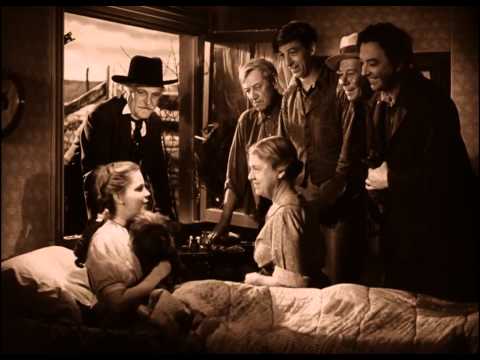

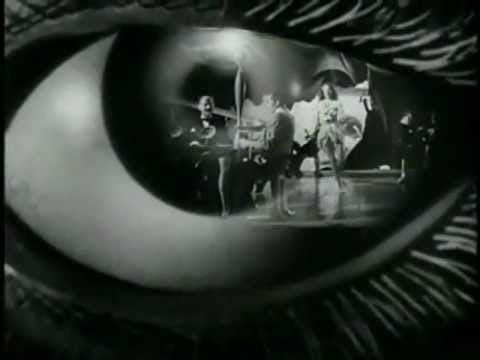
![[Great Film Scenes] 8 1/2 (1963) - Opening Dream Sequence](https://fandomwire.com/wp-content/cache/flying-press/c6CgffwpXmY-hqdefault.jpg)
